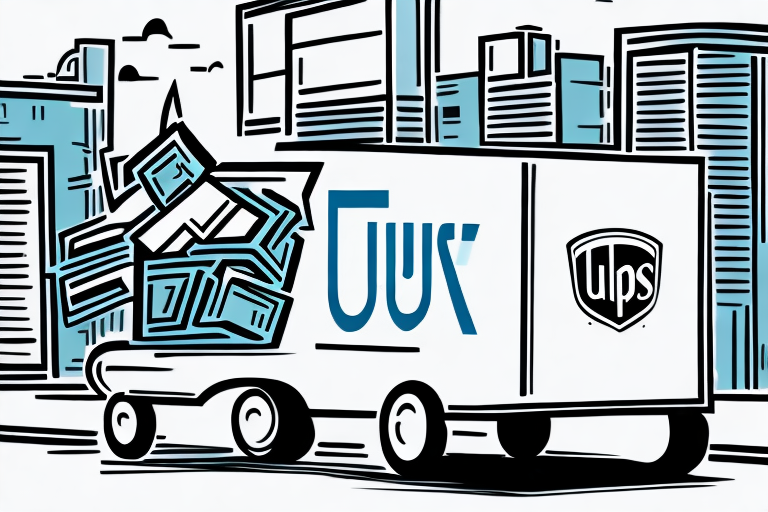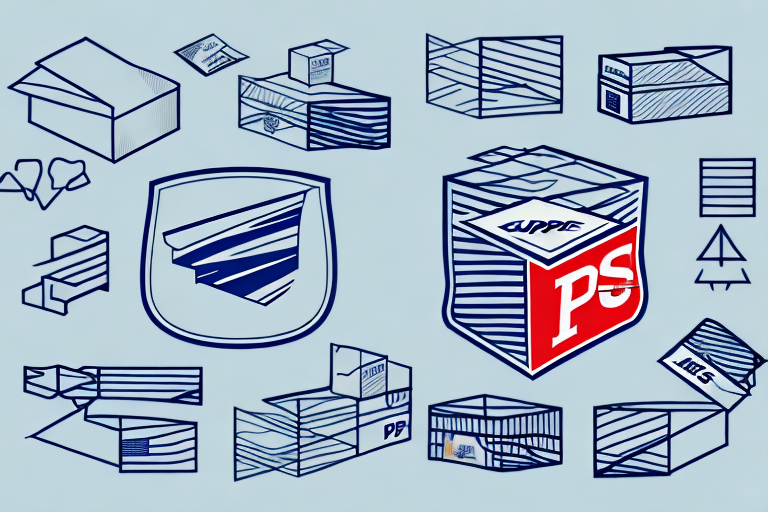Understanding First Class Mail
First class mail is a service offered by the United States Postal Service (USPS) designed for sending letters, postcards, and small packages. This service is known for its affordability and efficiency, with typical delivery times ranging from 1-3 business days. First class mail is ideal for lightweight items, making it a popular choice for personal and business correspondence.
Additional services such as delivery confirmation and tracking are available for an extra fee, providing both senders and recipients with peace of mind. It's important to adhere to USPS guidelines concerning size and weight to ensure your item qualifies for first class mail.
Insurance Coverage for First Class Packages
When shipping a first class package, USPS provides automatic insurance coverage up to $100 for domestic shipments. This coverage protects against loss or damage during transit. For items of higher value, USPS offers the option to purchase additional insurance, extending coverage up to $5,000. This can be particularly beneficial for valuable or irreplaceable items.
In addition to insurance, first class package service includes USPS Tracking, allowing you to monitor your package's journey in real-time via the USPS website or mobile app. Tracking updates can inform you when your package is shipped, out for delivery, and successfully delivered to the recipient.
Types of Items Covered by Insurance
The standard $100 insurance covers most general items, but certain high-value or fragile items may require additional coverage. Items such as jewelry, electronics, and collectibles often benefit from enhanced insurance options to ensure full protection.
Limitations of First Class Package Insurance
While the included insurance provides basic protection, it comes with limitations. Notably, the $100 coverage is only applicable to domestic shipments; international packages do not receive this automatic coverage. Additionally, the insurance does not cover damage resulting from inadequate packaging, incorrect labeling, or prohibited items.
Certain high-value items like cash, precious metals, and artwork are excluded from the standard insurance policy. For these items, purchasing additional insurance or selecting a different shipping service with appropriate coverage is advisable.
When to Add Additional Insurance
Determining whether to purchase additional insurance depends on the value and nature of the items being shipped. If the contents of your package exceed $100 in value or hold significant personal or monetary worth, opting for supplementary insurance is recommended.
USPS provides various insurance tiers, up to $5,000, catering to different needs. It's essential to assess the risk and potential loss associated with your shipment to make an informed decision on the level of coverage required.
Comparing First Class Insurance with Other Shipping Options
When evaluating shipping services, it's important to compare insurance offerings across different carriers. Services like FedEx and UPS offer varying levels of insurance, often at higher costs compared to USPS.
First class package insurance is competitive, especially considering that many private carriers charge additional fees for similar coverage. Moreover, USPS's extensive network ensures widespread delivery options, including PO boxes and military addresses, enhancing its appeal for diverse shipping needs.
Filing a Claim for Lost or Damaged Packages
If your first class package is lost or arrives damaged, you can file a claim with USPS to seek reimbursement. The process involves contacting USPS Customer Service, providing shipment details, and submitting necessary documentation such as proof of value and damage.
USPS reviews each claim individually, and while most are processed efficiently, having accurate records and timely submission can expedite the resolution. It's crucial to understand the eligibility criteria and required documentation to ensure your claim is successfully processed.
Tips for Safely Packing Your First Class Shipment
Proper packaging is essential to protect your items during transit. Use sturdy boxes or envelopes appropriate for the size and weight of your shipment. Items should be securely wrapped with cushioning materials like bubble wrap or packing peanuts to prevent movement and potential damage.
Label your package clearly with the recipient’s address and include a return address. Avoid overpacking, which can cause excessive weight and potential postage issues, and ensure that fragile items are marked accordingly to alert postal handlers.
Consequences of Insufficient Insurance Coverage
Opting not to purchase additional insurance for high-value packages can result in significant financial loss if your shipment is lost or damaged. Without adequate coverage, you may only recover up to $100 through USPS’s standard insurance, leaving you responsible for the remaining value of your items.
Furthermore, certain items might not be eligible for coverage under standard insurance, increasing the risk of non-reimbursement for total loss. Therefore, evaluating the necessity of additional insurance based on your package's contents is crucial to mitigate potential risks.
Conclusion
First class package service offers basic insurance coverage up to $100, providing a safety net for standard shipments. However, for valuable or irreplaceable items, purchasing additional insurance is advisable to ensure comprehensive protection. By carefully packing your items and understanding the limitations of USPS’s insurance policies, you can enhance the security and reliability of your shipments.
When selecting a shipping service, consider the value of your items, the level of insurance required, and the specific needs of your shipment to choose the most appropriate option. Taking these steps will help safeguard your packages and provide peace of mind throughout the shipping process.








